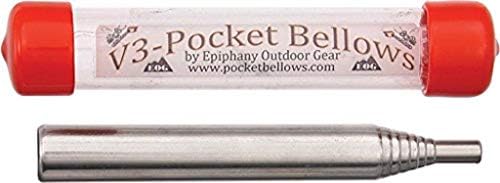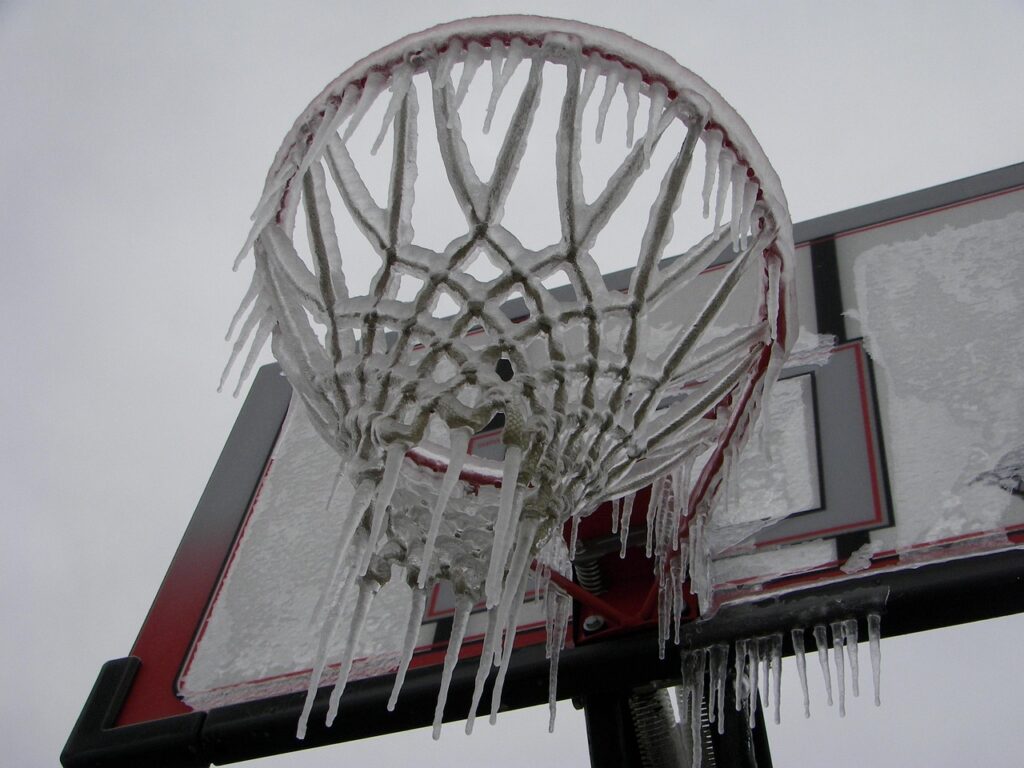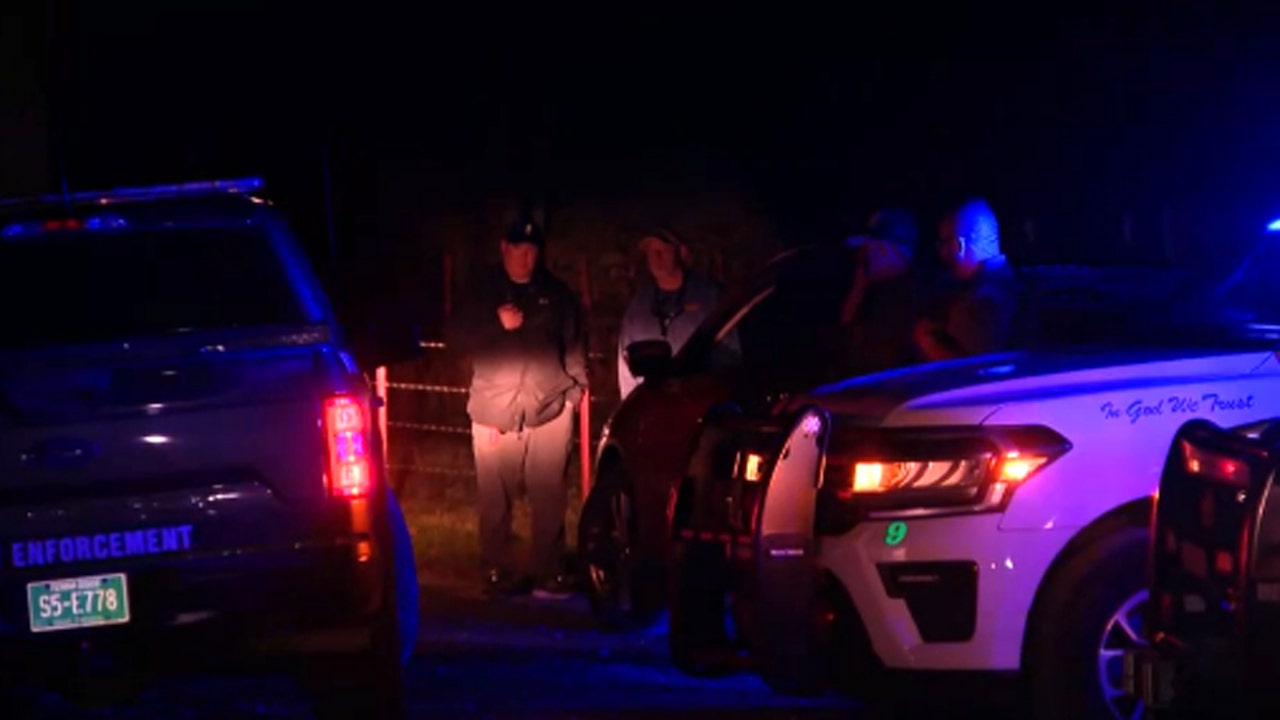The ability to get a fire going, especially in adverse conditions, is a foundational level survival skill. We use fire in a number of ways, from keeping us warm to lighting up the night to boiling water, making it safe to drink. As such, it’s critical that anyone who spends time outdoors develops a basic level of proficiency in making fire.
Making a Fire in the Field
Fortunately, this is one of the easiest survival skills to practice. You don’t need to venture out into the middle of nowhere. You can make a fire right in your backyard. If you don’t have a backyard, head to a local park, one that’s equipped with charcoal grills installed at various locations. Pick one and use it as an ersatz campfire pit. The mechanics of fire building are similar no matter where you’re making it.
The Fire Triangle
Every fire needs three things to survive. These are often expressed as the sides of a triangle.
Advertisement — Continue Reading Below
Heat is the spark that starts the fire. This usually comes from a disposable lighter, ferrocerium rod, or flint and steel. So-called primitive methods include a bow drill or hand drill. These use friction to create a coal that is, in turn, used to light the fire. More esoteric options include combining steel wool and a 9V battery or using potassium permanganate and sugar.
Oxygen comes from the air around us, of course. This is where the fire build, or how it’s constructed, matters. If you’re not careful, adding too much fuel at once can smother the fire. You have to give it some room to breathe. Additionally, you can help a weak fire along by forcing more oxygen toward it. A fire bellows is a great addition to the fire kit for this purpose.
Advertisement — Continue Reading Below

Fuel is what you’ll scrounge from the area. That said, you should have some tinder with you in your fire kit. This is the first material that will get lit, burning hot enough and long enough to get the kindling going, which eventually leads to the larger branches or logs.
Dryer lint generated from natural fiber clothing, like cotton, works well in many cases. The classic homemade tinder consists of cotton balls that have been impregnated with petroleum jelly. Anything that will catch a flame or spark and keep it going for a bit is useful.
Advertisement — Continue Reading Below
Master the Basics
There are a few different common fire lays. This refers to the way the firewood is placed at the outset. The teepee is probably the most common. Place the tinder on the ground, then build a small teepee structure over and around it with thin kindling. Leave a small opening so you can get at the tinder to light it. As the fire burns, add thicker and thicker fuel, being careful not to smother the flames.
Another way to use the teepee fire is to add a log cabin to the mix. Build the teepee around your tinder as normal. Before lighting the tinder, make a small log cabin around it using thicker branches set in a crisscross pattern. Stack them in a square around the teepee. Light the tinder and let the teepee eventually light the cabin on fire, adding more fuel as needed.
Add Difficulties for Realism
Fire making is easy, or at least easy-ish, when weather conditions are favorable. A crisp fall evening with just a slight breeze, piece of cake. A winter storm, with blowing snow and sub-zero temperatures, not so much.
Advertisement — Continue Reading Below

Here’s one way to simulate bad conditions at home without a lot of actual risk. Fill a bowl with ice water and soak your hands for a few minutes. Get them really numb. Then go build your fire and light it up. You’ll find that anything requiring fine dexterity is going to be difficult or even impossible. An exercise like this will help you learn what you can accomplish even when conditions are working against you.
Of course, an even better exercise is to head outside when winter storms roll in and make your fire in the backyard or park. The more you practice, the more you’ll learn what works for you and what doesn’t. Experience is the best teacher.
Advertisement — Continue Reading Below
Read the full article here







